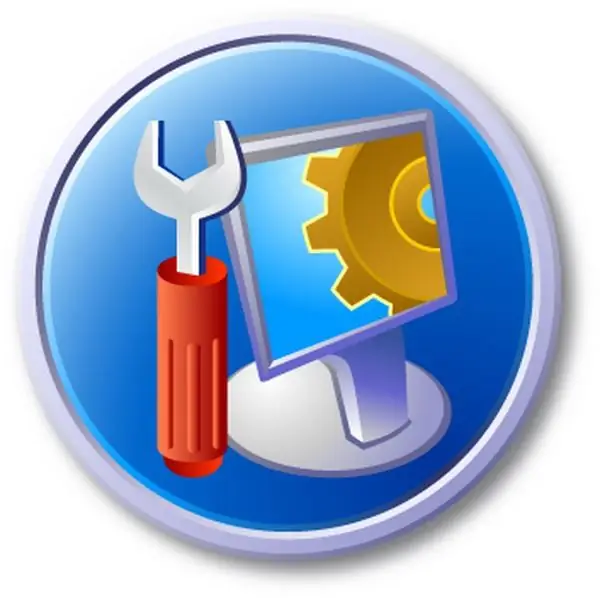The system registry is nothing more than a large database that contains a huge amount of information about the settings of the operating system. It is through the registry that the system determines what needs to be launched when the computer boots or by clicking on a certain shortcut. The operating system registry is presented as a tree structure (folder within a folder). To work with the registry, the developers created the Regedit program, which allows not only viewing all values, but also editing.

Necessary
Regedit software
Instructions
Step 1
To view the registry, you must use a program that is already built into the shell of the operating system. To start it, you need to do the following:
- click the "Start" menu;
- click "Run";
- enter "regedit";
- press "OK" or Enter.
Step 2
The main window of the program will appear in front of you. On the left side of this window, you can see 6 folders - registry branches. Each branch of the registry has its own purpose: - HKEY_CLASSES_ROOT - this branch contains complete information about the types of files that were registered in Windows;
- HKEY_CURRENT_USER - this branch stores the user's graphical shell settings (desktop, Start menu, etc.);
- HKEY_LOCAL_MACHINE - this branch contains all information about the software that was installed on your computer.
- HKEY_USER - this branch contains all operating system settings for all users.
- HKEY_CURRENT_CONFIG - this branch contains information about the configuration of Plug & Play devices.
- HKEY_DYN_DATA - this branch contains data about the state of devices (this branch is hidden).
Step 3
To navigate inside a branch, use the plus image next to the branch. When pressed, the branch is fully expanded. To expand a branch, you can use a double left-click on the selected element. Use search to quickly locate a specific registry entry.






